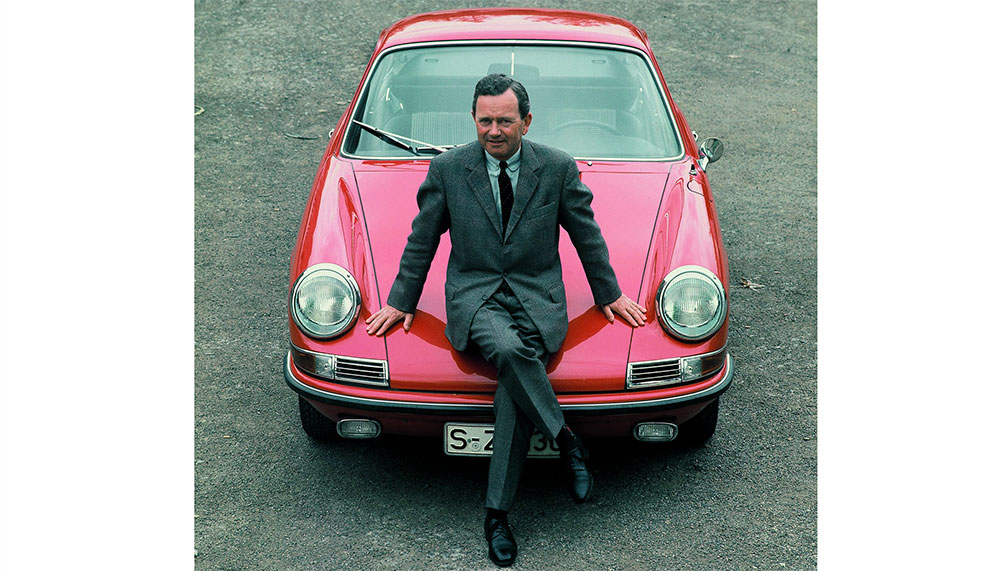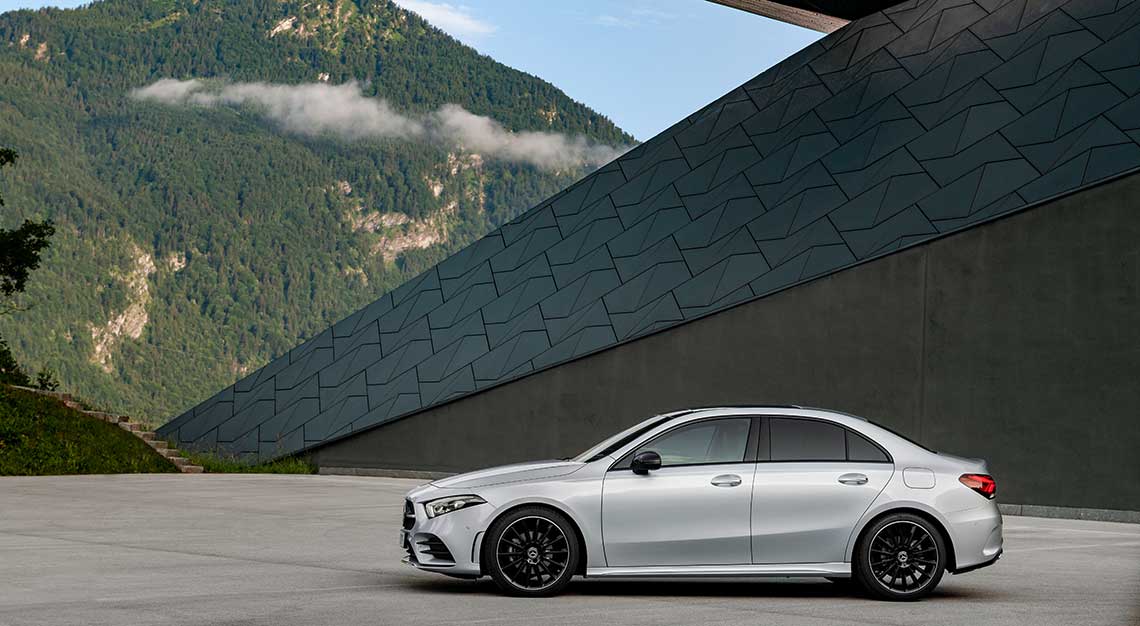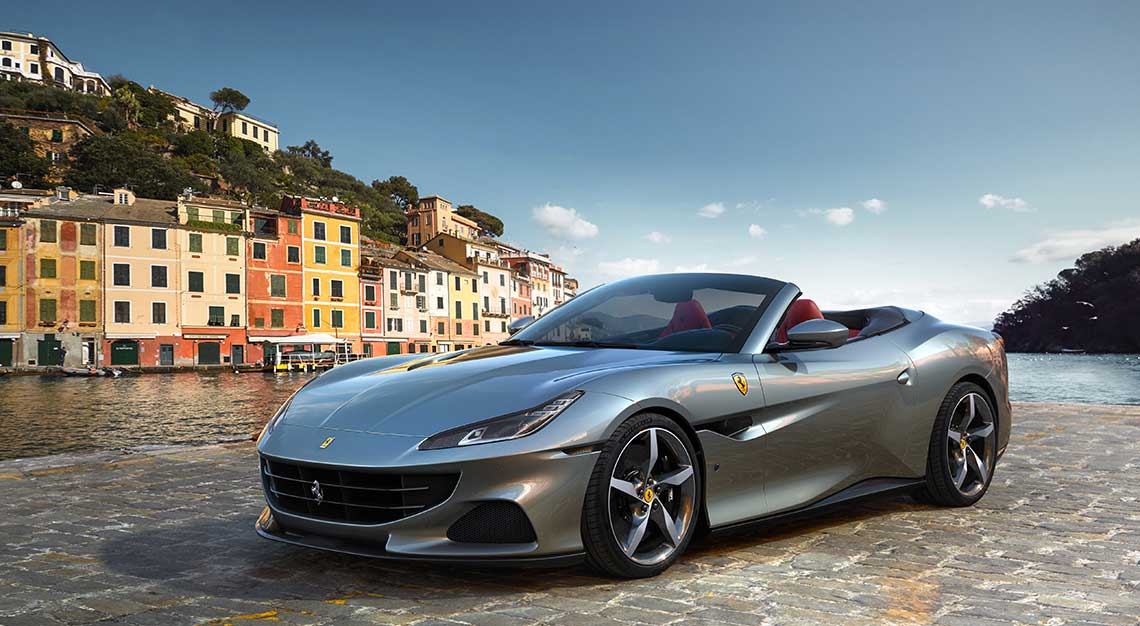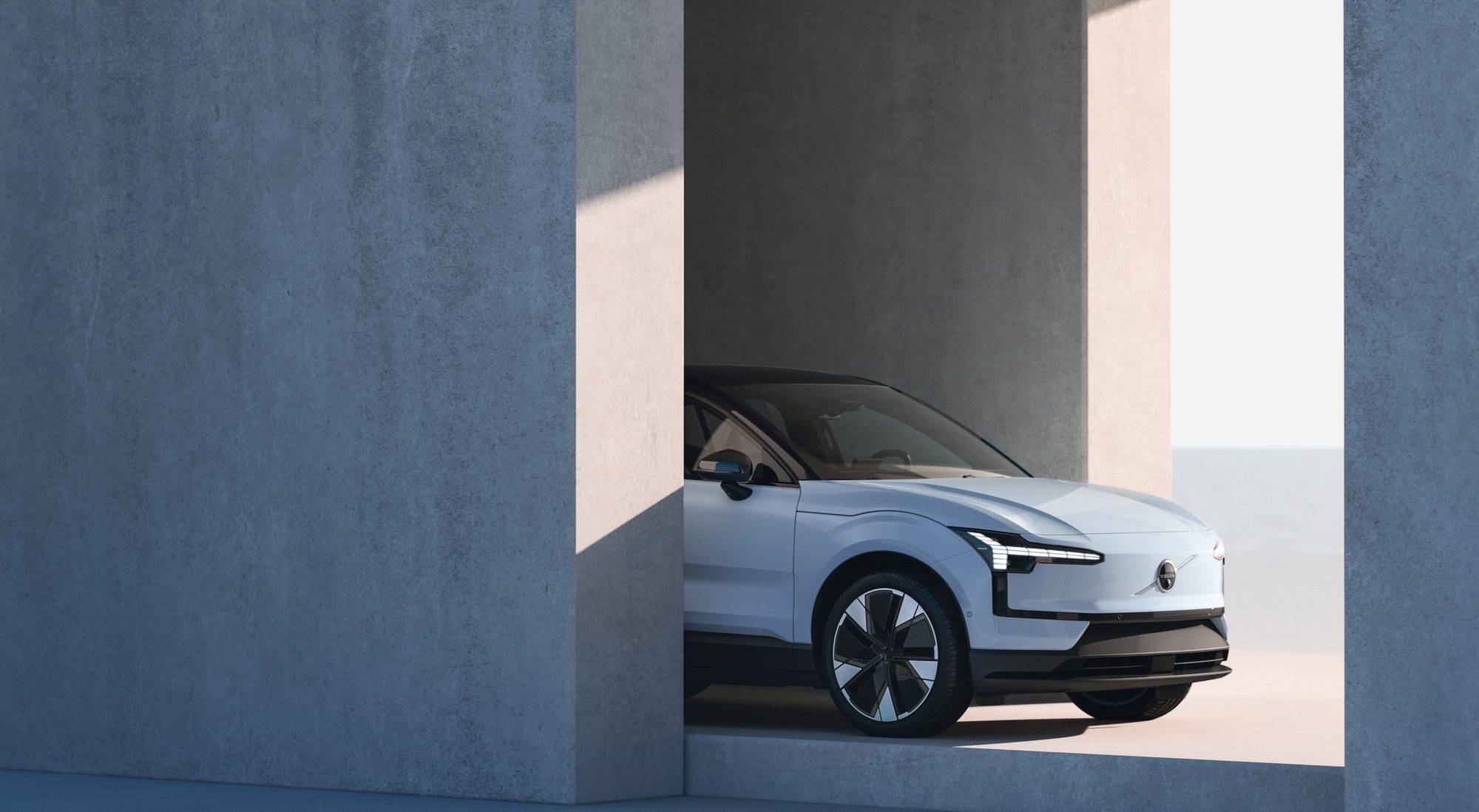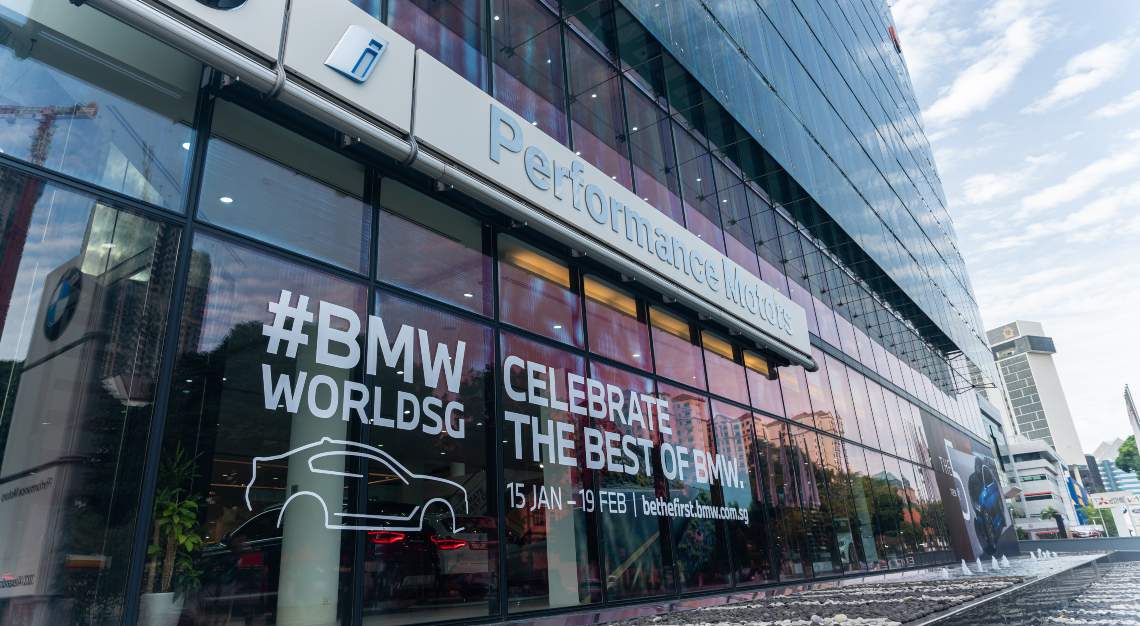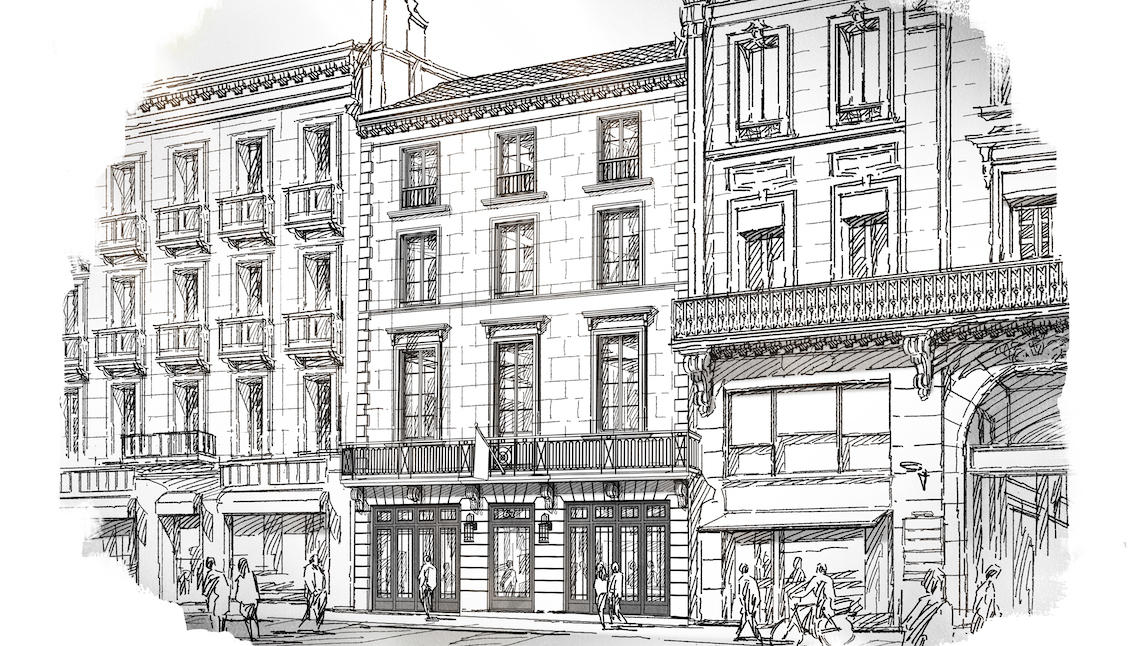911 the unchanging
There are few things that can lay claim to being immune to the ravages of change. This is something that’s especially true when it comes to cars, where sea changes are expected, and indeed, preferred.
One such car that flies in the face of that is the Porsche 911, which has stuck stubbornly to its original formula since the first-generation car made its debut at the Frankfurt Motor Show in 1963.
Its engine is still behind the rear axle, and its styling, while steadily updated through the years, is still unmistakably that of a 911, particularly its instantly recognisable silhouette.
Still, you’d be doing the 911 a disservice if you thought the model is a plodding dinosaur, as constant tweaks throughout the years have made the 911 nothing short of a technological marvel.
A high-performance turbocharged powerplant was added to the 911 range in 1977, all-wheel-drive, plus power steering and ABS were introduced in the late 1980s with the 964-generation model. The 996-generation car launched in 1997 represented the most seismic changes to ever happen the 911, changes that dragged it firmly into the 21st-century with the range’s first water-cooled engine (a move that incurred the fury of 911 purists) and the jump to a new platform, swelling its wheelbase by 80mm.
Next, the 997-generation introduced adaptive dampers in 2004 and a dual-clutch gearbox in 2008, plus the controversial ‘fried egg’ headlights of the previous generation were ditched in favour of the traditional round ones.
If the 997 was a return to form for the 911, then its successor, the 991 would surely be the venerable model’s renaissance. Widely considered the best 911 of the modern era, it rests on an all-new aluminium-intensive chassis (only the third new platform since the 911’s inception) which is larger, yet lighter than the one it replaced.
The range-topping Turbo S will accelerate from zero to 100km/hr in a scarcely believable 3.1 seconds and the hardcore GT3 RS delivers race car thrills in a road-legal package. The 991-generation also heralded the return of the Targa in its original form (the previous two Targa generations had full-length glass roofs instead of the variant’s signature metal T-bar rollover hoop), though with a distinctly modern flourish in its fully mechanised retraction/deployment.
But for all that, the thing about the 911 that has stayed true since the beginning — more so than its exterior styling — is the way it has lived up to the promise of being a sports car that also performs superbly as a daily driver.
It’s a claim that few can live up to, and to the cynics that say the 911 hasn’t changed much in its half-century of existence, we’d argue that’s only because it didn’t really have to. As the old saying goes, if it isn’t broken, there’s no need to fix it.
